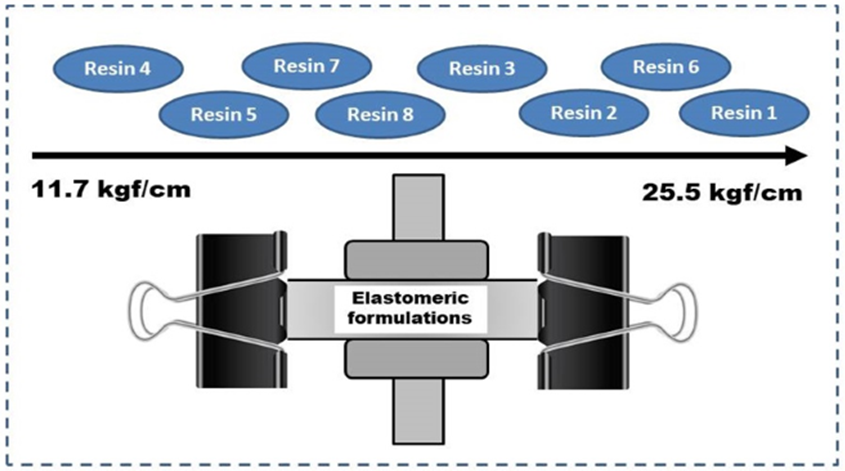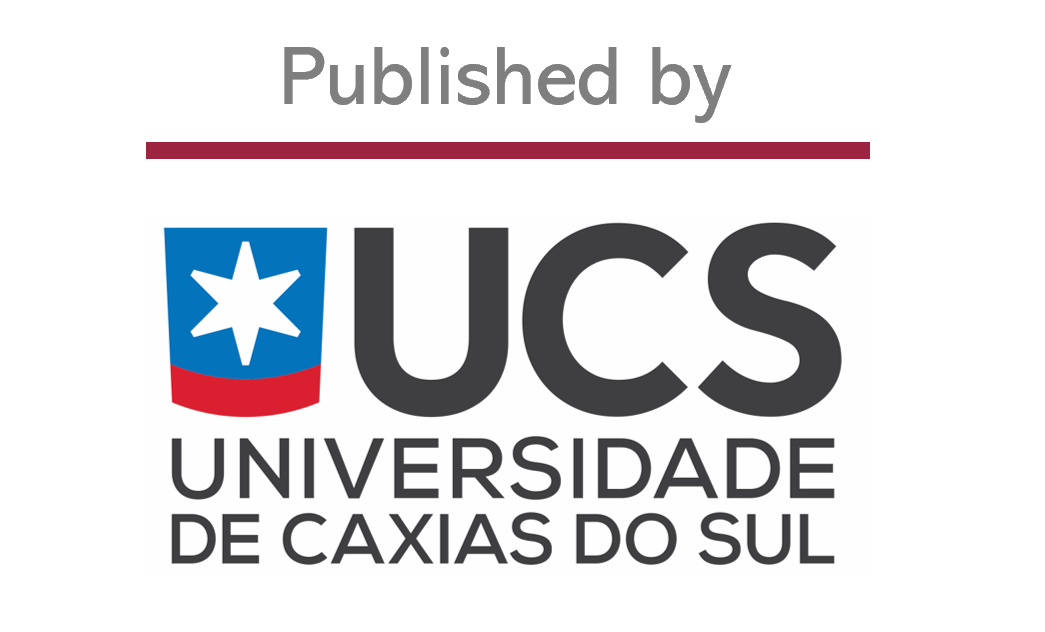Study of the influence of tack resins on elastomeric formulations and applied evaluation methodologies
DOI:
https://doi.org/10.18226/23185279.e241303Keywords:
Elastomeric formulations, adhesion, tack, resinsAbstract
In this study, we examined the impact of eight distinct types of tack resins sourced from diverse origins (phenol-formaldehyde: SP – 1068, CRJ – 418, Koresin and SRF – 1501; hydrocarbons: Unilene A – 90 and Plastack RB 809; coumarone and breu) in several elastomeric formulations. For this purpose, it was developed a simple, robust and easily reproducible tack test employing synthetic rubber to assess these formulations. The elastomeric compounds were characterized by attenuated total reflectance Fourier transform infrared spectroscopy, rheometry, Mooney viscosity, crosslinking density by swelling in solvent, hardness, abrasion wear, tensile and tear strength, followed by tack tests. Overall, the formulations exhibited similar physical-mechanical properties. Regarding the tack test results, SP-1068 (phenol-formaldehyde) and Plastack RB 809 (hydrocarbon) resins demonstrated higher values, whereas the resorcinol-type phenol-formaldehyde presented a reduction of 10.7 %. Furthermore, interference from the functional groups in the resin’s chemical structure, difficulty in interacting with the matrix, and lower crosslink density were observed. In conclusion, the developed methodology proved satisfactory in yielding reliable and reproducible tack values.
Metrics

Downloads
Published
How to Cite
Issue
Section
License
Copyright (c) 2024 Amanda Moresco, Nayrim Brizuela Guerra, Marcelo Giovanela, Suélen Moresco, Janaina Crespo (Author)

This work is licensed under a Creative Commons Attribution 4.0 International License.








